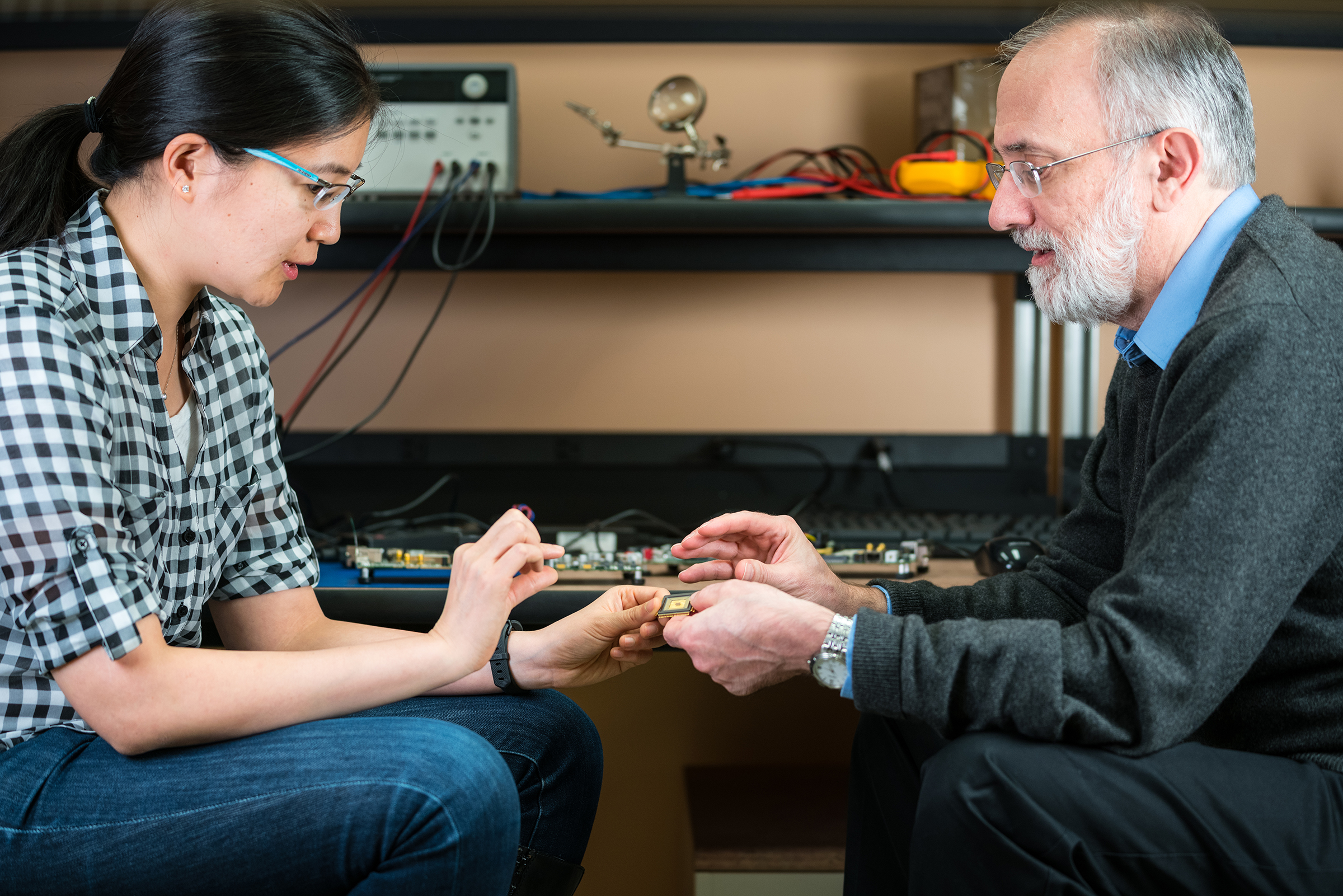Research identifies five talent gaps in the teaching and learning of Math, Technology, Science, and Engineering; there is a lack in the instruction of skills, misconceptions and little promotion of STEM education.
Photo: bigstock.com
A recent study defines talent gaps facing STEM education and recommends actions to rectify the path. More than redesigning educational programs, it poses a profound transformation in the ecosystem of these fields of study.
Talent gaps in STEM education
STEMconnector, professional services company, conducted an investigation in which identified the deficiencies and areas of opportunity in the teaching and learning of Mathematics, Technology, Science, and Engineering. Also, it examines the vision and role of employers in this regard.
-
Fundamental skills gap. The study discovered that graduate students of these careers do not develop the necessary skills that the jobs of the future will demand; STEM jobs will require fluency in cognitive skills, critical thinking, the resolution of complex and creative problems, and the ability to adapt –In addition to the curriculum that is traditionally studied.
-
Belief gap. According to the study young people have the misconception that these careers are too difficult. On the other hand, they believe that only a few industries hire graduates in these fields of study.
-
Post-secondary education gap. Researchers estimate that by 2020, 65% of jobs will require higher education credentials and proficiencies. However, only 35% of US population hold a university degree.
-
Geographic gap. Economic growth centers are often far from qualified people seeking employment or away from population centers.
-
Demographic gap. There is disproportionate participation in STEM jobs based on gender, race and low-income population.
Proposals for transformation
The report proposes to improve professional and organizational practices through:
-
Increasing the training and knowledge of STEM subjects in primary education.
-
Constant updating of educational programs at the pace demanded by the labor market.
-
The promotion of experience-based learning in classrooms and workplaces.
-
Mentoring that encourages the study of these fields of knowledge in all educational levels.
-
Equip teachers with training and resources necessary to teach this type of subjects.
-
Job evaluation of aptitude, skills and credential requirements to cover positions.
-
Creation of advertising through different channels, and for different audiences, that eradicates misconceptions about STEM education.
This article from Observatory of the Institute for the Future of Education may be shared under the terms of the license CC BY-NC-SA 4.0 
)
)











)
Sofía García-Bullé
Sofía García-Bullé
Sofía García-Bullé